Home>Furniture>Outdoor Furniture>How To Protect Decking
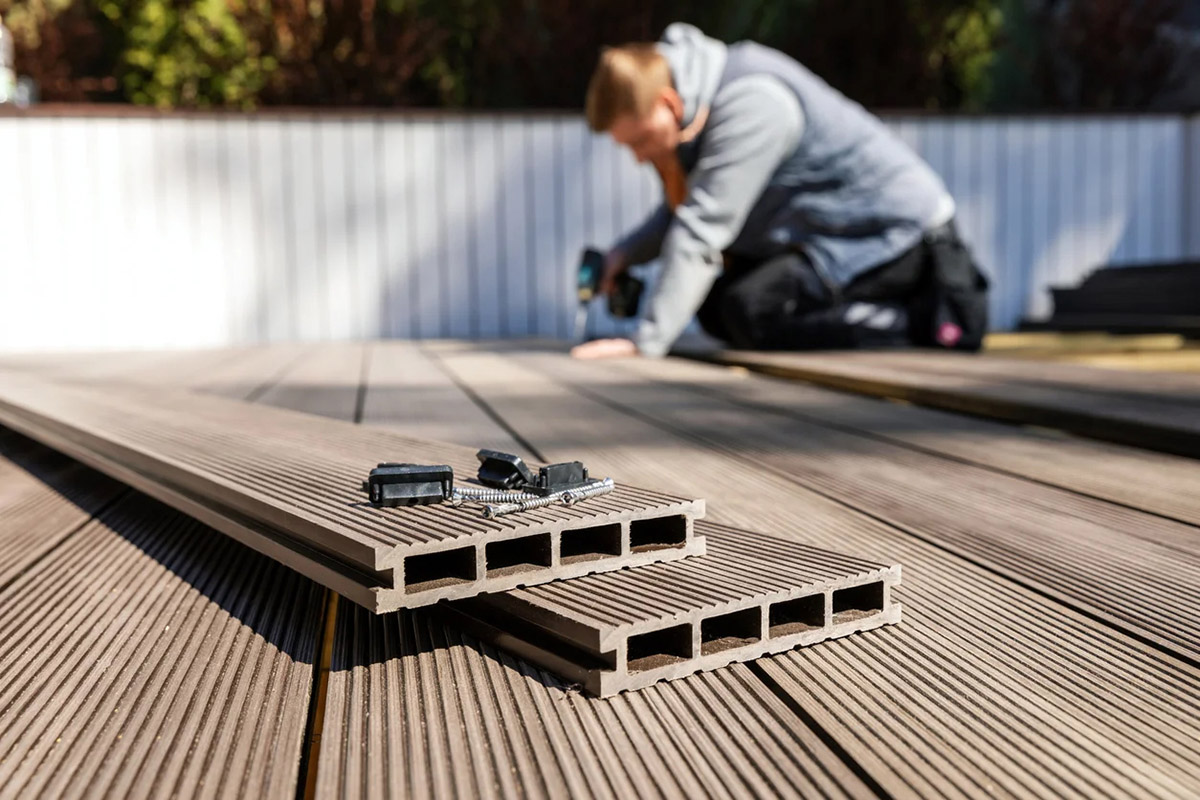

Outdoor Furniture
How To Protect Decking
Modified: March 7, 2024
Learn how to protect your outdoor furniture and keep your decking looking pristine with our expert tips and tricks. Safeguard against weather damage and enhance the lifespan of your deck with these essential maintenance strategies.
(Many of the links in this article redirect to a specific reviewed product. Your purchase of these products through affiliate links helps to generate commission for Storables.com, at no extra cost. Learn more)
Introduction
Welcome to this comprehensive guide on how to protect your decking. Your outdoor space is a valuable extension of your home, providing a place to relax, entertain, and enjoy the beauty of nature. But without proper protection, your decking can quickly deteriorate, reducing its lifespan and detracting from its overall appeal.
Whether your decking is made of wood, composite, or any other material, it is essential to understand the importance of regular maintenance and protection. This article will guide you through the process of selecting the right decking material, preparing your deck for protection, applying a protective stain or sealant, and providing ongoing maintenance to ensure its durability and longevity. By following these steps, you can ensure that your decking remains a beautiful and functional outdoor space for years to come.
So, without further ado, let’s dive into the world of decking protection and learn how to keep your outdoor space looking its best!
Key Takeaways:
- Protecting your decking is crucial to maintain its appearance, durability, and longevity. By choosing the right material, applying a protective coating, and regular maintenance, you can enjoy a beautiful outdoor space for years to come.
- Safeguarding your deck from harsh weather, pests, and rot is essential. Regular inspections, proper ventilation, and using the right materials will help protect your decking investment and ensure its long-term durability.
Read more: How To Build A Deck With Composite Decking
Understanding the Importance of Decking Protection
Your decking is exposed to a variety of harsh elements, including sunlight, rain, temperature fluctuations, and foot traffic. Over time, these factors can cause significant damage to your deck, such as fading, warping, cracking, and rot. By implementing proper decking protection methods, you can prevent these issues and extend the lifespan of your outdoor space.
One of the primary reasons for protecting your decking is to maintain its appearance. A well-maintained deck enhances the aesthetic appeal of your property and creates a welcoming outdoor environment. Regular cleaning and applying a protective coating will help prevent discoloration, fading, and weathering, ensuring that your deck remains visually appealing for years to come.
But it’s not just about looks. Decking protection also plays a crucial role in preserving the structural integrity of your deck. Moisture, especially from rain and snow, can seep into the wood or penetrate the gaps in composite decking, leading to mold, rot, and decay. This can compromise the stability of your deck and pose potential safety hazards. Applying a protective sealant or stain creates a barrier that prevents moisture from penetrating into the decking material, reducing the risk of damage and decay.
Another benefit of decking protection is its ability to resist the damaging effects of the sun’s ultraviolet (UV) rays. Excessive exposure to sunlight can cause wood decking to dry out and become brittle, leading to cracking and splitting. UV rays can also fade the color of your deck, leaving it looking dull and worn out. By applying a UV-resistant protective coating, you can shield your deck from these harmful rays, preserving its color and preventing further damage.
In addition to weather elements, decking is also susceptible to scratches, stains, and marks from regular use. Protecting your deck with a sealant or stain can create a durable surface that resists these issues, making it easier to clean and maintain. Additionally, a protective coating can act as a barrier against spills, preventing liquids from penetrating into the deck and causing stubborn stains.
Overall, proper decking protection is essential for preserving its appearance, structural integrity, and longevity. By taking the time to implement preventative measures and regular maintenance, you can enjoy a beautiful, functional, and long-lasting deck that will enhance your outdoor living experience.
Selecting the Right Decking Material
When it comes to protecting your decking, choosing the right material is crucial. The material you select will determine not only the aesthetic appeal of your deck but also its durability, maintenance requirements, and resistance to wear and tear. Here are a few popular decking materials to consider:
- Wood: Wood is a traditional and versatile choice for decking. It offers a natural and timeless look, with options such as pressure-treated lumber, cedar, redwood, and tropical hardwoods. However, wood decking requires regular maintenance, such as staining and sealing, to protect it from moisture, UV rays, and insect damage.
- Composite: Composite decking is a popular alternative to wood. It is made from a mixture of recycled wood fibers and plastic, providing a low-maintenance and environmentally-friendly option. Composite decking is resistant to rot, insects, and fading, and it does not require staining or sealing. However, it can be more expensive upfront compared to wood.
- PVC: PVC decking is made from 100% plastic, offering exceptional durability and resistance to moisture, UV rays, and stains. PVC decking requires minimal maintenance and is easy to clean. However, it can be more expensive than other decking materials, and it may have a less natural look and feel.
- Aluminum: Aluminum decking is known for its strength, durability, and resistance to corrosion and fire. It is a low-maintenance option that does not require staining or sealing. Aluminum decking is also lightweight and weather-resistant, making it suitable for coastal areas or regions with extreme weather conditions. However, it may have a less traditional aesthetic compared to wood or composite options.
When selecting the right decking material, consider factors such as your budget, desired maintenance level, climate, and the overall look you want to achieve. Additionally, research the specific qualities, benefits, and drawbacks of each material to make an informed decision that aligns with your preferences and needs.
Remember, regardless of the decking material you choose, it is still essential to apply protective measures. Even materials that are advertised as low-maintenance can benefit from regular cleaning, sealing, and minor repairs to keep them in optimal condition.
By selecting the right decking material and implementing proper protection, you can maximize the longevity and beauty of your outdoor space, creating a deck that will be enjoyed for years to come.
Preparing the Deck for Protection
Before applying any protective coating to your deck, it is essential to properly prepare the surface. Preparing the deck ensures that the protective sealant or stain adheres well to the material and provides the most effective coverage. Here are the steps to follow when preparing your deck for protection:
- Clean the Deck: Start by thoroughly cleaning the deck to remove dirt, debris, mold, mildew, and any existing coatings. Sweep the deck to remove loose debris, and then use a pressure washer or a deck cleaner to deep clean the surface. Follow the manufacturer’s instructions for using the cleaner and rinse the deck thoroughly afterward.
- Inspect and Repair: Once the deck is clean and dry, carefully inspect the surface for any signs of damage, such as loose boards, cracks, or splinters. Replace any damaged boards and secure any loose ones. Sand down any rough areas or splinters to create a smooth surface for the protective coating.
- Treat and Prevent Mold and Mildew: If you notice any mold or mildew on your deck, it is important to treat it before applying a protective coating. Use a deck mold and mildew remover according to the manufacturer’s instructions. This step will help prevent further growth and ensure that the protective coating adheres properly.
- Allow the Deck to Dry: After cleaning, repairing, and treating any mold or mildew, allow the deck to dry thoroughly. Moisture can hinder the effectiveness of the protective coating and lead to premature failure. Ideally, wait for at least 48 hours of dry weather before proceeding with the next steps.
- Sand the Deck: If your deck has a rough or weathered surface, consider sanding it before applying the protective coating. Sanding will smooth out any imperfections and create a better surface for the coating to adhere to. Use a medium-grit sandpaper or a sanding machine and work in the direction of the wood grain.
- Clean Again: Once you have sanded the deck, clean it again to remove any dust or residue. Use a broom or a leaf blower to sweep away loose particles, and wipe the surface with a damp cloth or mop. Ensure that the deck is completely dry before moving on to the next step.
By taking the time to properly prepare your deck, you are setting the foundation for a successful and long-lasting protective coating. This step ensures that the protective sealant or stain penetrates and adheres to the wood or decking material effectively, providing the best possible defense against the elements and wear and tear.
Once your deck is clean, dry, and properly prepared, you are ready to apply a protective stain or sealant. In the next section, we will explore the process of selecting and applying the right protective coating to ensure optimal decking protection and longevity.
Cleaning and Sanding the Deck
One of the crucial steps in preparing your deck for protection is cleaning and sanding the surface. This process removes dirt, stains, mold, and mildew, while also creating a smooth and even surface for the protective coating. Let’s dive into the details of cleaning and sanding your deck:
1. Start with a Thorough Cleaning: Remove any loose debris from the deck surface using a broom or leaf blower. Next, wash the deck with a specialized deck cleaner or a mixture of mild soap and water. Scrub the surface using a stiff-bristle brush or a pressure washer, following the manufacturer’s instructions. Rinse the deck thoroughly to remove all traces of the cleaner.
2. Remove Stains and Discoloration: If your deck has stubborn stains or discoloration, you may need to take extra steps to remove them. Use a deck brightener or a mixture of oxygen bleach and water to treat tough stains. Apply the solution and scrub the affected areas with a brush. Rinse thoroughly to eliminate any residue.
3. Treat Mold and Mildew: If you notice any mold or mildew on your deck, it’s crucial to address it before proceeding. Use a deck mold and mildew remover, following the manufacturer’s instructions. Apply the product to the affected areas and scrub gently with a brush. Rinse thoroughly to remove any residue and inhibit further growth.
4. Allow the Deck to Dry Completely: After cleaning, give your deck ample time to dry. Depending on weather conditions, this typically takes around 2-3 days. Moisture can prevent the protective coating from adhering properly and cause premature failure, so ensure the deck is completely dry before moving on to the next step.
5. Sanding the Deck: Sanding your deck is essential for creating a smooth surface and ensuring optimal adhesion of the protective coating. Start by using a medium-grit sandpaper and a sanding block or a power sander. Sand along the grain of the wood to remove any rough spots, splinters, or imperfections. Pay extra attention to high-traffic areas and areas that require more maintenance.
6. Clean Up After Sanding: After sanding, clean the deck to remove any dust or debris. Use a broom, leaf blower, or vacuum to sweep away the dust particles. You can also wipe the surface with a damp cloth or mop to ensure all residual dust is removed.
By thoroughly cleaning and sanding your deck, you set the stage for successful application of the protective coating. A clean and smooth surface allows the protective sealant or stain to penetrate and bond effectively, ensuring long-lasting protection for your deck. Once the deck is cleaned and sanded, you are ready to proceed with applying the protective coating, which we will discuss in the next section.
Regularly clean and sweep your decking to remove debris and prevent mold and mildew growth. Consider applying a protective sealant to help prevent water damage and UV fading.
Read more: Deck Designs: Ideas For Raised Decks
Applying a Protective Stain or Sealant
Applying a protective stain or sealant is a crucial step in safeguarding your deck from the elements. A protective coating acts as a barrier, shielding the wood or decking material from moisture, UV rays, and daily wear and tear. Here’s a step-by-step guide on how to apply a protective stain or sealant to your deck:
1. Choose the Right Product: Select a high-quality stain or sealant specifically designed for outdoor use. Consider factors such as the type of wood or decking material, the desired finish (clear or tinted), and the level of protection required. Read the manufacturer’s instructions and recommendations for proper application.
2. Prepare the Area: Before applying the protective coating, ensure the deck is clean, dry, and free of any debris. Cover any nearby plants, furniture, or other surfaces that might be affected by the stain or sealant. Use painter’s tape to protect areas where the deck meets the house or any other vertical structures.
3. Test the Stain or Sealant: Before application, it’s a good idea to test the stain or sealant on a small, inconspicuous area of the deck. This allows you to ensure that the product achieves the desired color and finish and does not react adversely with the wood or decking material.
4. Apply the Stain or Sealant: Stir the stain or sealant thoroughly to ensure an even distribution of color and protective agents. Start applying the product using a brush, roller, or sprayer, working with the grain of the wood. Begin at one end of the deck and work your way toward the other side or exit point.
5. Maintain a Wet Edge: While applying the coating, maintain a wet edge to prevent lap marks or unevenness. It is essential to apply the product evenly and avoid buildup or pooling. Check the manufacturer’s instructions for the appropriate number of coats required and the drying time between coats.
6. Pay Attention to Railings and Vertical Surfaces: If your deck has railings or vertical surfaces, apply the stain or sealant to these areas as well. Use a brush or smaller paint applicator to ensure complete coverage and prevent drips or runs. Take care to reach all crevices and corners for comprehensive protection.
7. Follow Drying and Curing Instructions: Allow the protective coating to dry according to the manufacturer’s instructions. This typically takes a few hours to a day, depending on the product and weather conditions. Avoid walking on or placing furniture on the deck until it is fully cured to prevent any damage or disruption to the coating.
8. Maintain Regularly: To ensure continued protection, regularly inspect and maintain the deck. Clean it as needed, remove any debris or leaves, and reapply the protective coating as recommended by the manufacturer. This will help extend the lifespan of your deck and keep it looking its best for years to come.
By following these steps and properly applying a protective stain or sealant, you can effectively defend your deck against moisture, UV radiation, and general wear and tear. This not only enhances the appearance of your deck but also extends its longevity, allowing you to enjoy your outdoor space for seasons to come.
Regular Maintenance Tips for Decking Protection
Maintaining a regular maintenance routine is key to ensuring the long-term protection and longevity of your deck. By following these tips, you can keep your deck in optimal condition and mitigate potential damage caused by the elements:
1. Clean Regularly: Regularly sweep or use a leaf blower to remove leaves, dirt, and debris from your deck. This prevents buildup, which can lead to mold growth and staining. Additionally, clean any spills or stains as soon as they occur to prevent them from setting and becoming more difficult to remove.
2. Perform Seasonal Inspections: Inspect your deck at the beginning and end of each season for any signs of wear, damage, loose boards, or rot. Replace any damaged boards promptly and tighten any loose screws or nails. Taking care of minor repairs early on can prevent more significant issues down the line.
3. Maintain Proper Drainage: Ensure that rainwater and other sources of moisture can easily drain off your deck. Remove any debris or obstacles that may hinder proper drainage, such as leaves or dirt trapped between the boards. Standing water can lead to mold, rot, and deterioration of the decking material.
4. Protect From Furniture: Use furniture pads or protective mats underneath outdoor furniture to prevent scratches or indentations on your deck. These protectors create a barrier between the furniture and the deck, reducing the risk of damage from daily use and movement.
5. Clear Snow and Ice: During winter months, it is essential to remove snow and ice from your deck promptly. Use a plastic shovel or a broom with soft bristles to prevent scratching the surface. Avoid using metal shovels or sharp objects that can damage the decking material.
6. Avoid Harsh Cleaning Methods: When cleaning your deck, use gentle cleaning solutions and avoid harsh chemicals or power washing with excessive pressure. These methods can strip away the protective coating and damage the surface of your deck. Stick to manufacturer-approved cleaning products and follow their instructions for safe and effective results.
7. Reapply Protective Coating: Depending on the type of protective coating applied to your deck, it may require reapplication every few years. Follow the manufacturer’s recommendations for the appropriate time to reapply the sealant or stain. Regularly refreshing the protective coating will help maintain its effectiveness and prevent damage from moisture, UV rays, and general wear.
8. Keep Foliage Away: Trim any nearby foliage, such as trees, shrubs, or bushes, to ensure they do not come into direct contact with your deck. Overgrown vegetation can trap moisture, provide a breeding ground for pests, and cause discoloration or staining.
9. Consider Professional Maintenance: If you are unsure about how to properly maintain your deck or if you prefer to leave it to the professionals, consider hiring a deck maintenance service. They have the expertise and equipment to provide comprehensive cleaning, repairs, and protective coating application, ensuring your deck remains in excellent condition.
By incorporating these regular maintenance tips into your deck care routine, you can protect your investment and enjoy a beautiful and durable outdoor space for many years. Diligent maintenance will help prevent costly repairs, extend the life of your deck, and enhance your overall outdoor experience.
Protecting Decking from Harsh Weather Conditions
Decking is constantly exposed to the elements, making it vulnerable to damage from harsh weather conditions. To ensure the longevity and durability of your deck, it’s crucial to protect it from these environmental factors. Here are some tips to safeguard your decking from various weather conditions:
1. Sun Protection:
- Apply a UV-resistant protective coating or stain to your deck. This will help prevent fading, discoloration, and damage caused by prolonged exposure to the sun’s ultraviolet (UV) rays.
- Consider providing shade over your deck by installing an awning, pergola, or even using shade sails. This will reduce direct sunlight exposure and UV damage to your decking.
2. Rain and Moisture Protection:
- Ensure proper drainage on your deck to prevent water from pooling or accumulating. Regularly clean out debris from the gaps between decking boards to maintain effective drainage.
- Apply a water-repellent sealant or stain to create a protective barrier against moisture. This helps to prevent rot, mold, and water damage to your deck.
- Consider using waterproof deck coatings or membranes on the underside of your deck to protect the underlying structure from water damage.
3. Snow and Ice Protection:
- Promptly remove snow from your deck to prevent excessive weight and moisture buildup. Use a plastic shovel or a broom with soft bristles to avoid scratching the surface.
- Avoid using harsh deicers or salt on your deck as they can damage the decking material. Instead, use sand or a non-corrosive ice-melt product specifically designed for use on outdoor surfaces.
- Keep gutters and downspouts clear to prevent ice dams and water runoff from damaging your deck.
4. Extreme Temperature Protection:
- Choose a decking material that is suitable for your climate. Some materials, like composite or PVC, are more resistant to temperature fluctuations and extreme weather conditions than natural wood.
- Use caution when using grills, fire pits, or other heat sources on your deck to prevent scorching or melting of the decking material.
5. Wind Protection:
- Trim nearby trees or branches that can potentially fall or cause damage during stormy weather.
- Inspect your deck for loose boards, fasteners, or railings that may become vulnerable to damage from strong winds. Secure any loose components to ensure the structural integrity of your deck.
6. Regular Maintenance:
- Follow a regular maintenance routine to keep your deck in optimal condition. This includes cleaning, inspecting for any signs of damage, and reapplying protective coatings as needed.
- Address any repairs promptly to prevent further damage from worsening over time.
By implementing these protective measures, you can significantly minimize the impact of harsh weather conditions on your decking. Regular maintenance and proper care are key in ensuring your deck remains beautiful, functional, and protected for years to come.
Preventing Damage from Pests and Rot
Pests and rot can cause significant damage to your decking if not properly addressed. These issues can compromise the structural integrity of your deck and lead to costly repairs. To prevent damage from pests and rot, it’s important to take proactive measures. Here are some tips to protect your decking:
1. Regular Inspections:
- Regularly inspect your deck for signs of pests, such as termites or carpenter ants. Look for small holes in the wood or sawdust-like frass, which may indicate the presence of insects.
- Check for any signs of rot, such as soft or spongy areas, discoloration, or a musty odor. Pay close attention to areas that are prone to moisture accumulation, such as around posts, near the ground, or where two boards meet.
2. Maintain Good Ventilation:
- Ensure that your deck has proper ventilation to allow air to circulate and moisture to evaporate. This helps prevent conditions that are conducive to rot and fungal growth.
- Trim vegetation and remove any debris that may obstruct airflow or trap moisture beneath your deck.
3. Seal Cracks and Gaps:
- Regularly inspect your deck for cracks, splinters, or gaps between the boards. These openings can provide entry points for insects and allow moisture to penetrate, leading to rot.
- Fill any cracks or gaps with an appropriate wood filler or caulk to create a barrier against pests and water infiltration.
4. Use Pressure-Treated or Rot-Resistant Materials:
- Consider using pressure-treated lumber or rot-resistant decking materials, such as cedar or composite. These materials are naturally more resistant to pests and rot, providing added protection for your deck.
- If using natural wood, ensure that it is properly treated with a wood preservative to enhance its resistance to rot and insects.
5. Avoid Direct Ground Contact:
- Ensure that your deck is elevated and does not come into direct contact with the ground. This prevents moisture from being trapped against the decking materials, reducing the risk of rot and insect infestation.
- Use appropriate footings, supports, or deck posts to elevate the deck off the ground.
6. Regular Maintenance:
- Maintain a regular cleaning routine to remove debris and prevent the buildup of moisture or organic matter that attracts pests.
- Regularly inspect and replace any damaged or rotting boards to maintain the integrity of your deck.
- Apply a protective sealant or stain to your deck as recommended by the manufacturer to provide an additional barrier against pests and moisture.
7. Consult with a Professional:
- If you suspect a severe pest or rot infestation, it’s advisable to consult with a professional exterminator or deck contractor who specializes in deck repairs. They can assess the situation and provide appropriate treatment or solutions.
By following these preventive measures and staying vigilant, you can protect your decking from pests and rot. Regular inspections, proper maintenance, and choosing the right materials are key to ensuring the longevity and durability of your deck.
Read more: How To Protect Wooden Stairs
Conclusion
Protecting your decking is essential to maintain its appearance, structural integrity, and longevity. By taking proactive measures and following proper maintenance routines, you can ensure that your outdoor space continues to be a beautiful and functional area for years to come.
Understanding the importance of decking protection, you have learned how to select the right decking material based on your preferences and needs. Whether it’s wood, composite, PVC, or aluminum, each material comes with its own advantages and maintenance requirements.
Preparing your deck for protection involves thorough cleaning, inspecting for any damage, and treating any mold or mildew present. Sanding the deck creates a smooth surface, ensuring optimal adhesion of the protective coating.
Applying a protective stain or sealant helps shield your deck from moisture, UV rays, and daily wear and tear. Choosing the right product and following the application instructions is crucial for achieving optimal protection.
Maintaining your deck should be a regular task. Cleaning your deck, performing inspections, and conducting necessary repairs will prevent further damage and prolong its lifespan. Regularly reapplying the protective coating as needed will ensure ongoing protection.
Your deck needs special attention to withstand harsh weather conditions. Protecting your deck from the sun’s UV rays, rain, snow, extreme temperatures, and strong winds is vital to prevent damage.
Lastly, taking preventive measures against pests and rot will help maintain the structural integrity of your deck. Conducting regular inspections, maintaining good ventilation, sealing cracks and gaps, using rot-resistant materials, and following a regular maintenance routine will safeguard your deck from these common issues.
Remember, each deck is unique, and it’s important to consider factors such as climate, deck usage, and personal preferences when implementing protective measures.
By implementing the tips and information provided in this guide, you can protect your decking investment and create a welcoming outdoor space that you can enjoy for years to come.
Frequently Asked Questions about How To Protect Decking
Was this page helpful?
At Storables.com, we guarantee accurate and reliable information. Our content, validated by Expert Board Contributors, is crafted following stringent Editorial Policies. We're committed to providing you with well-researched, expert-backed insights for all your informational needs.
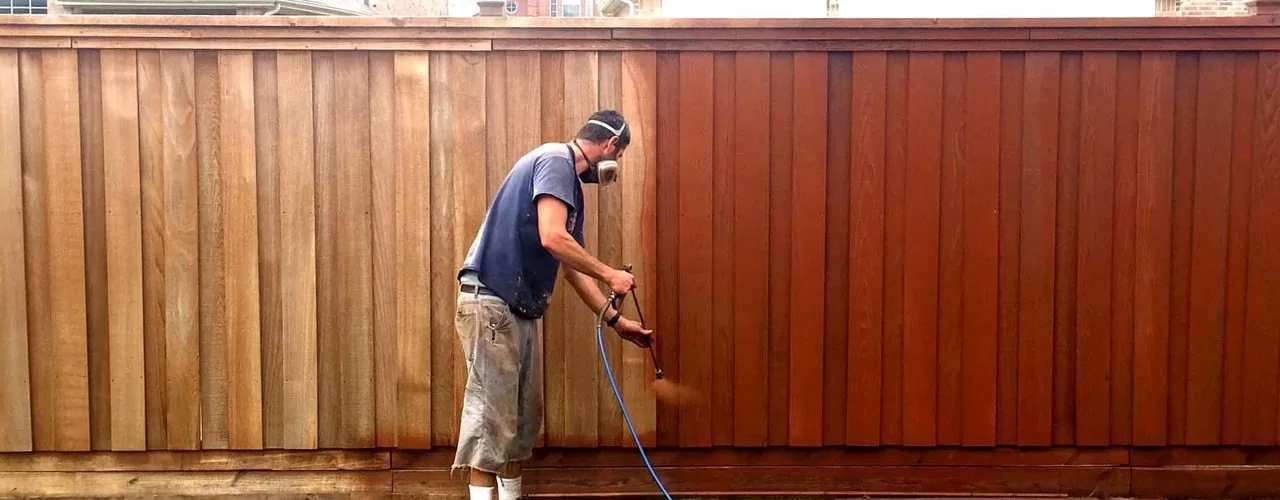
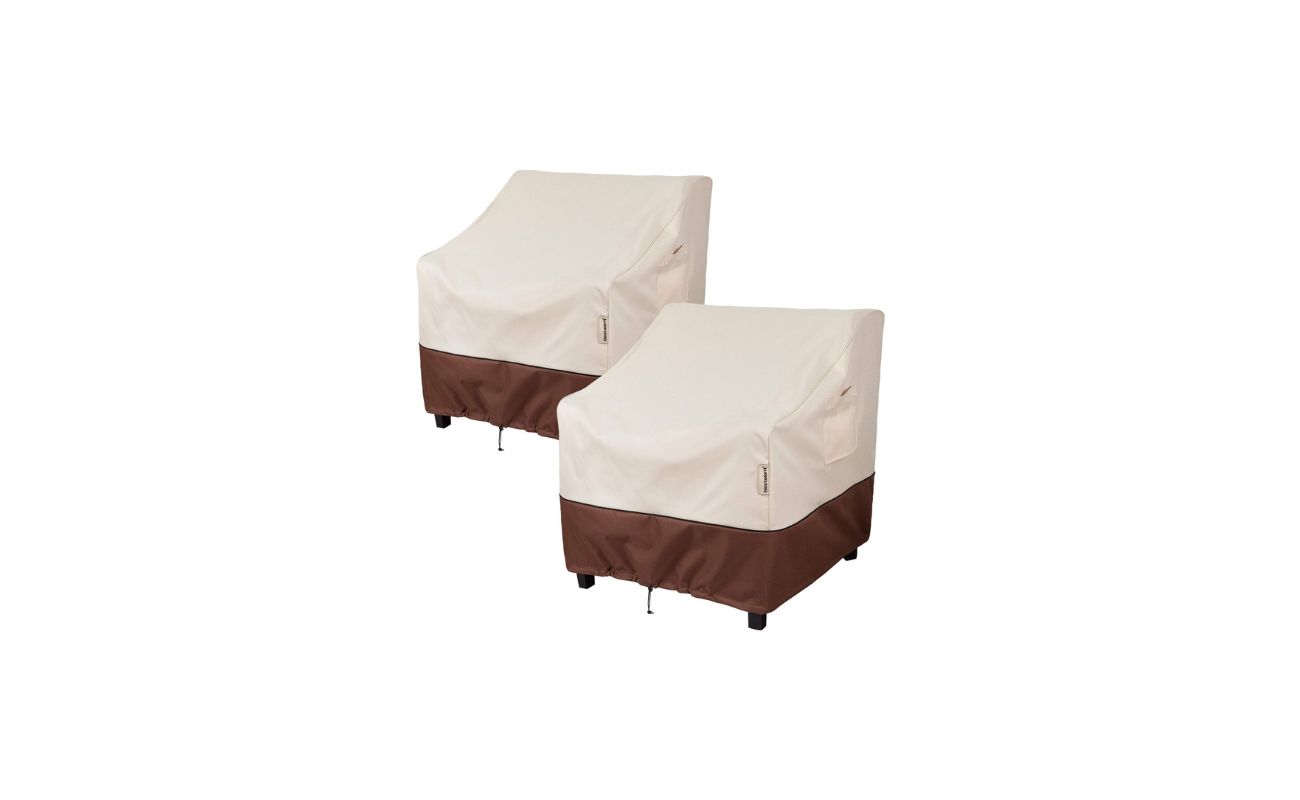

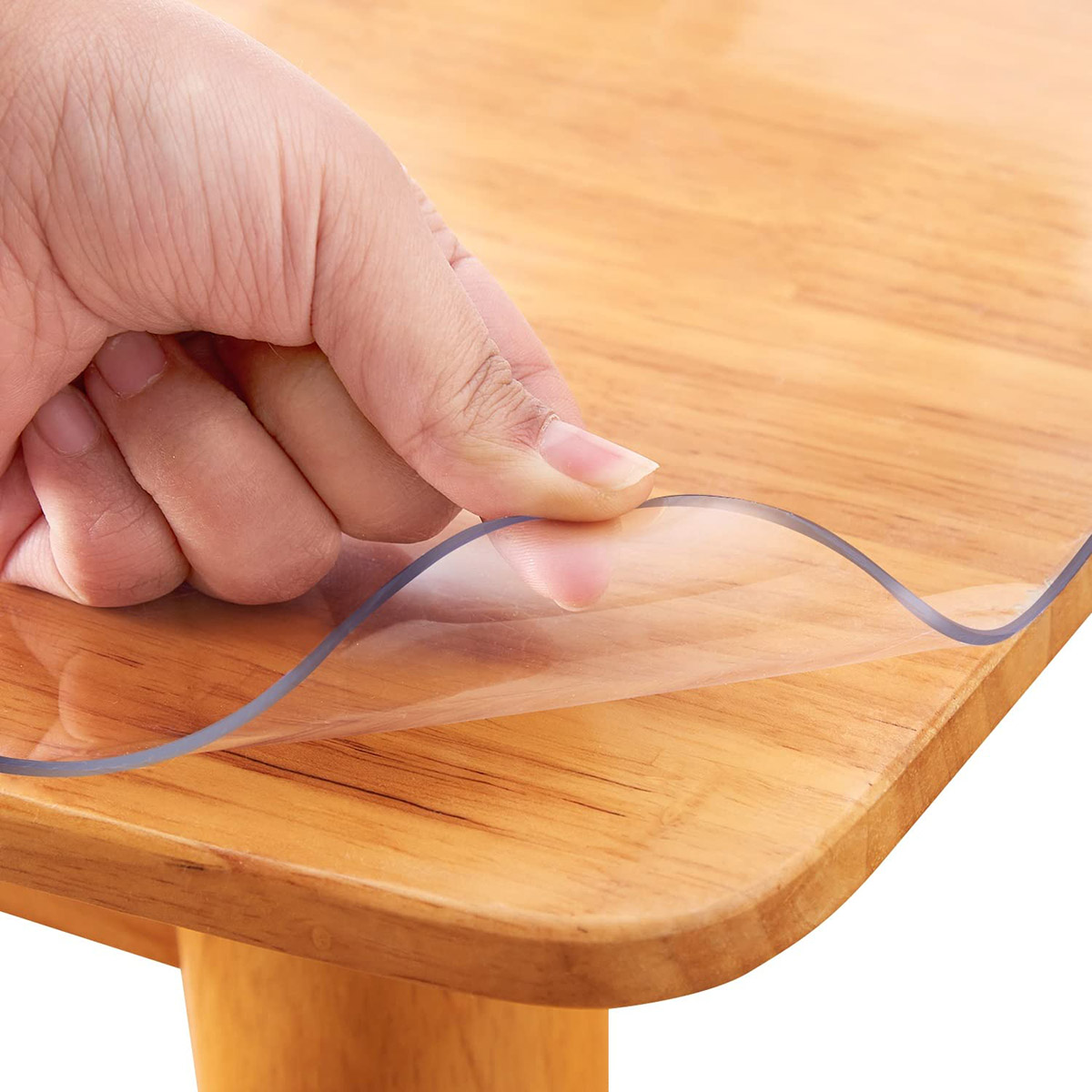

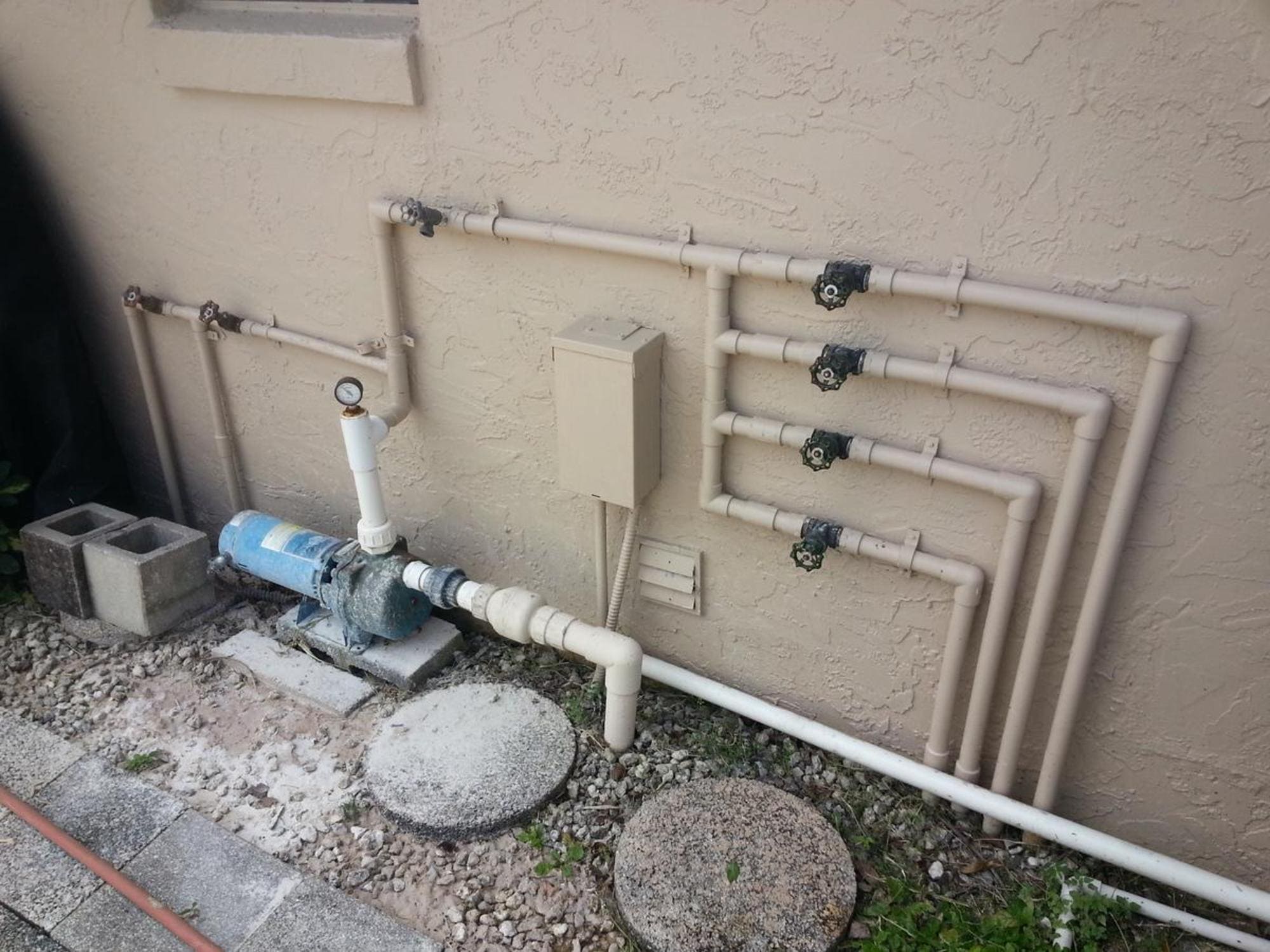
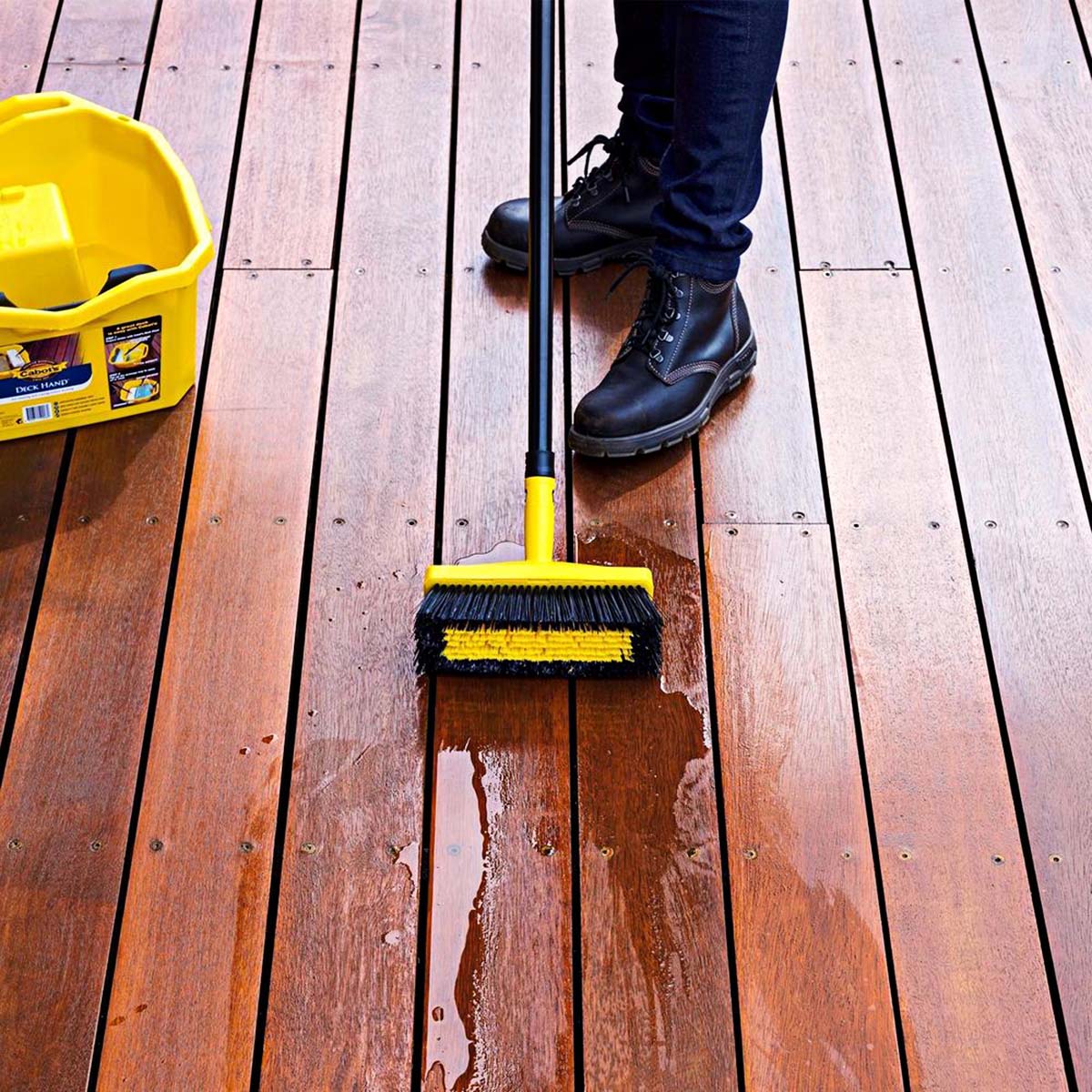
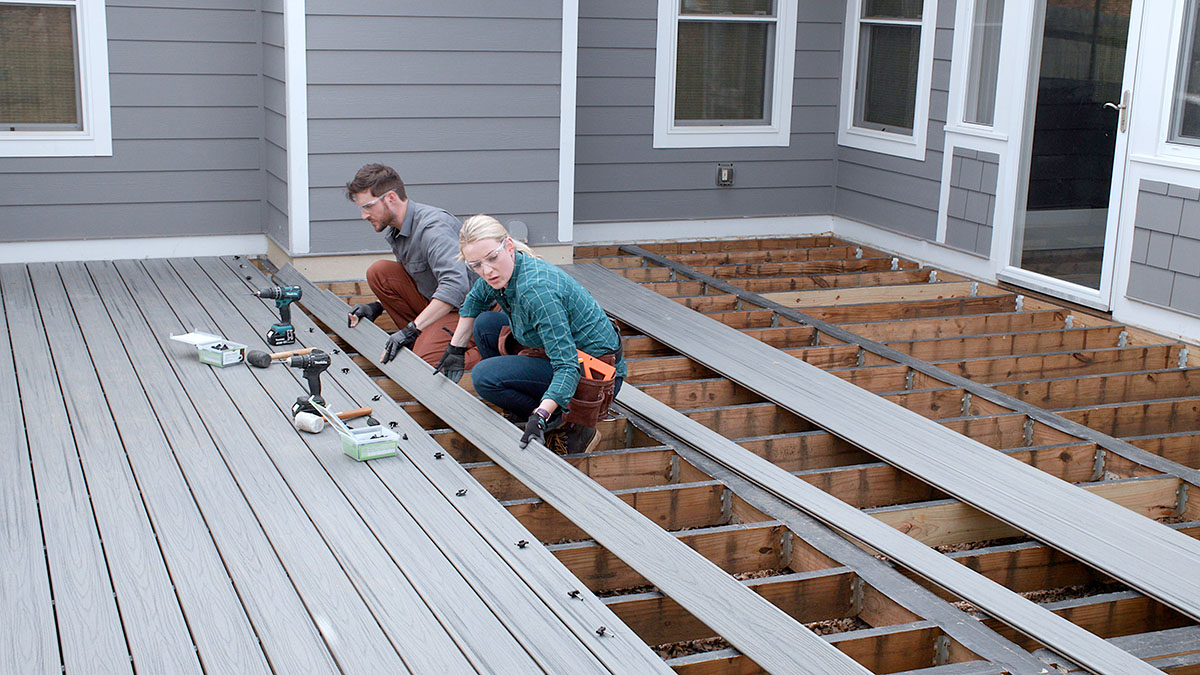

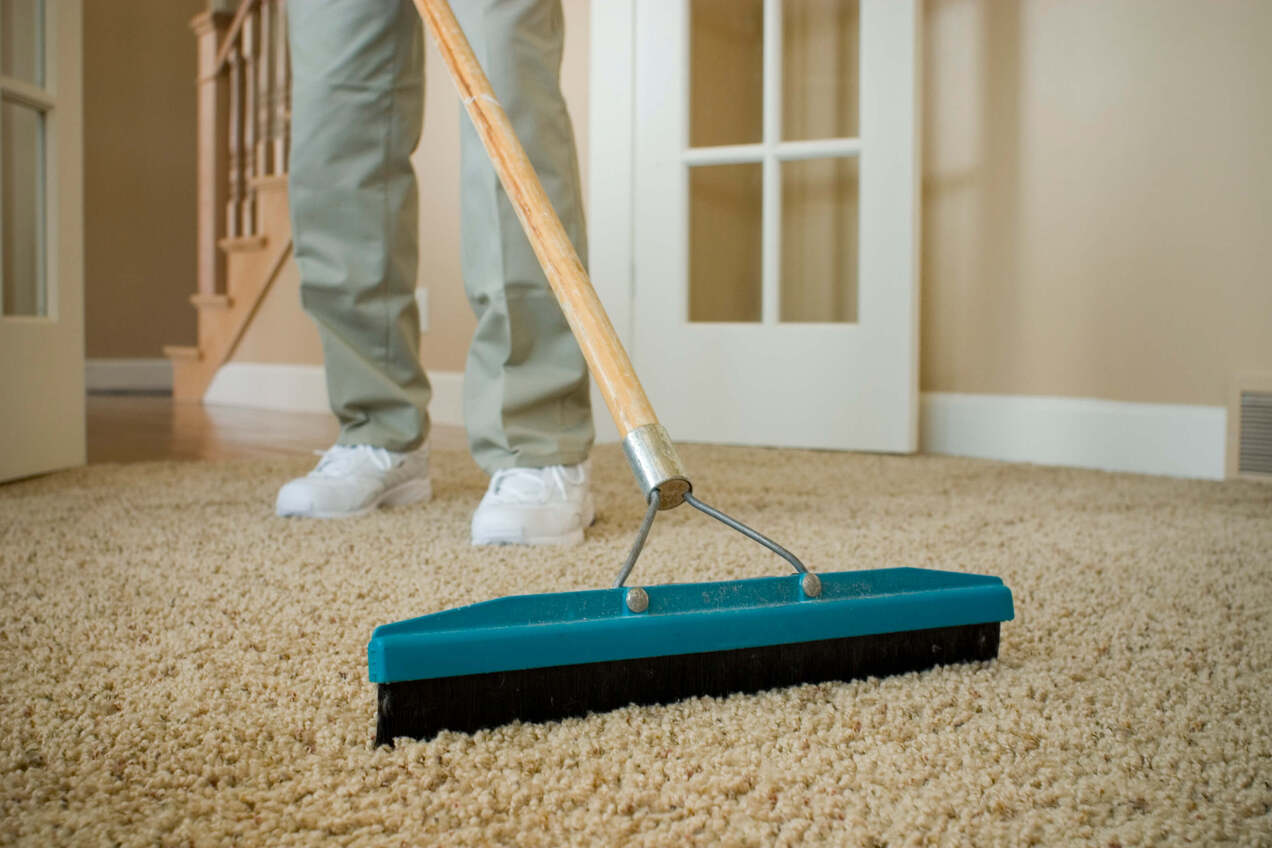
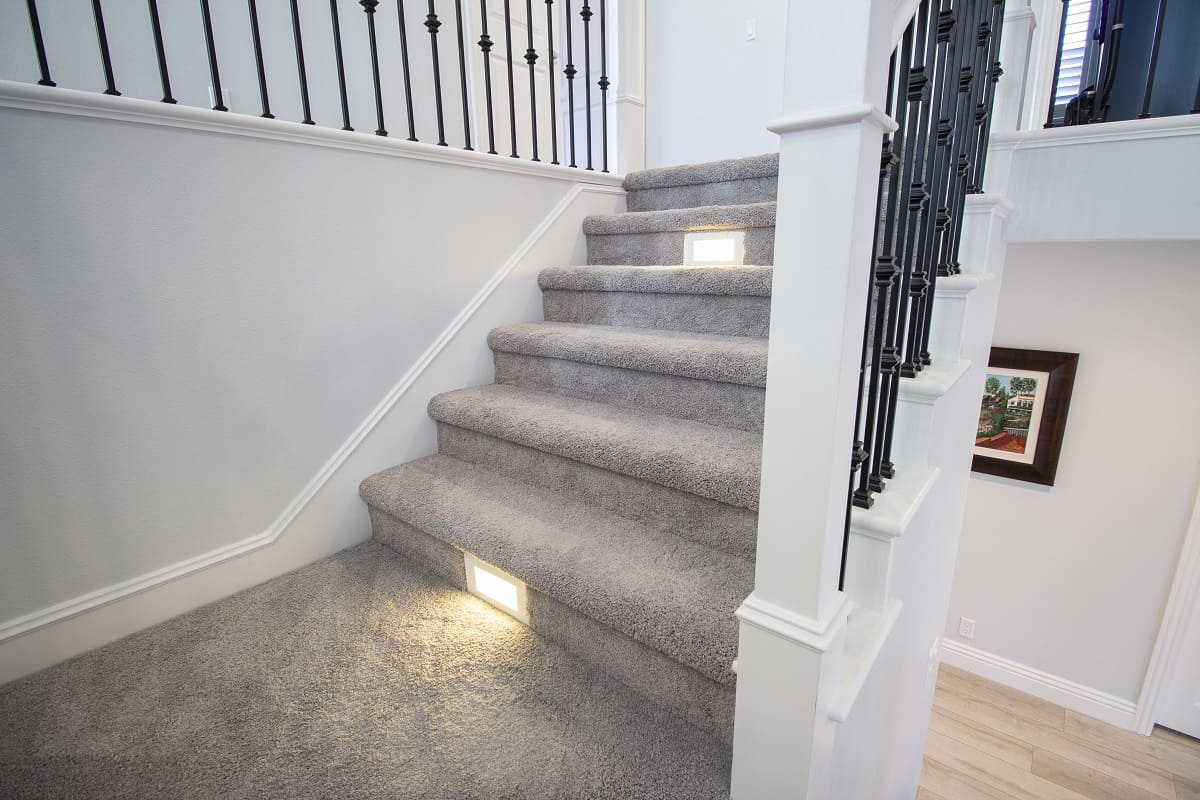

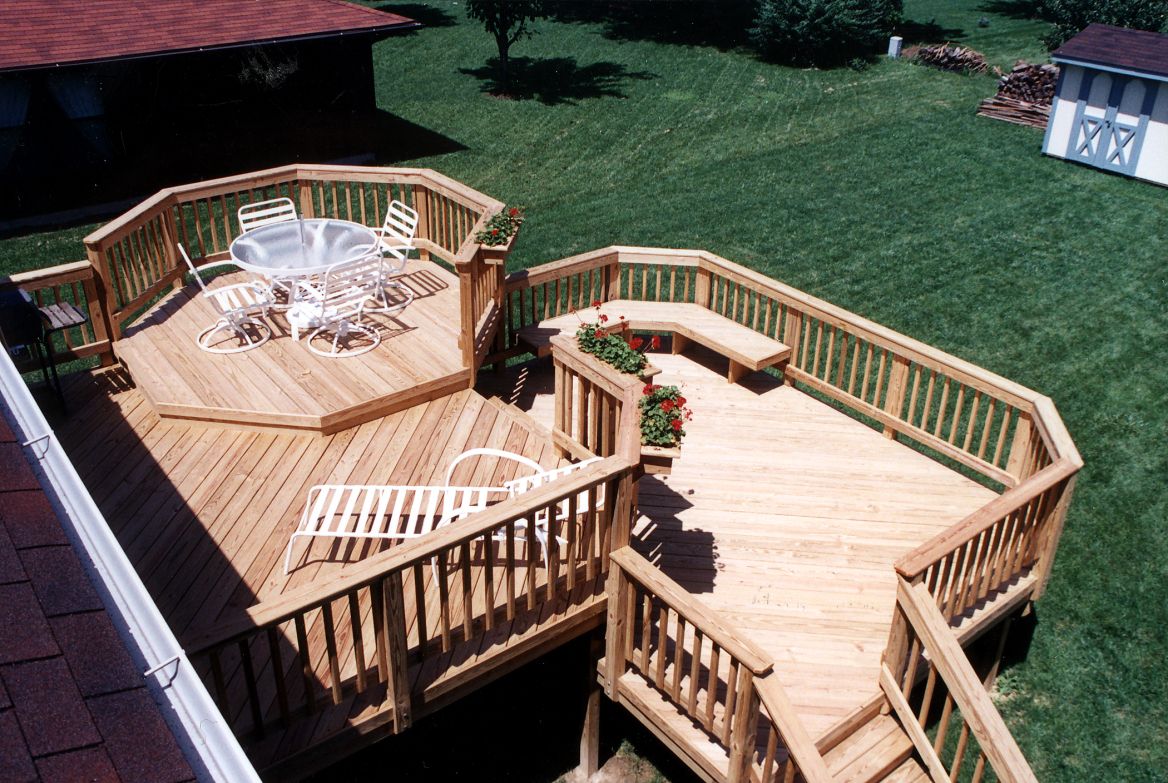

0 thoughts on “How To Protect Decking”